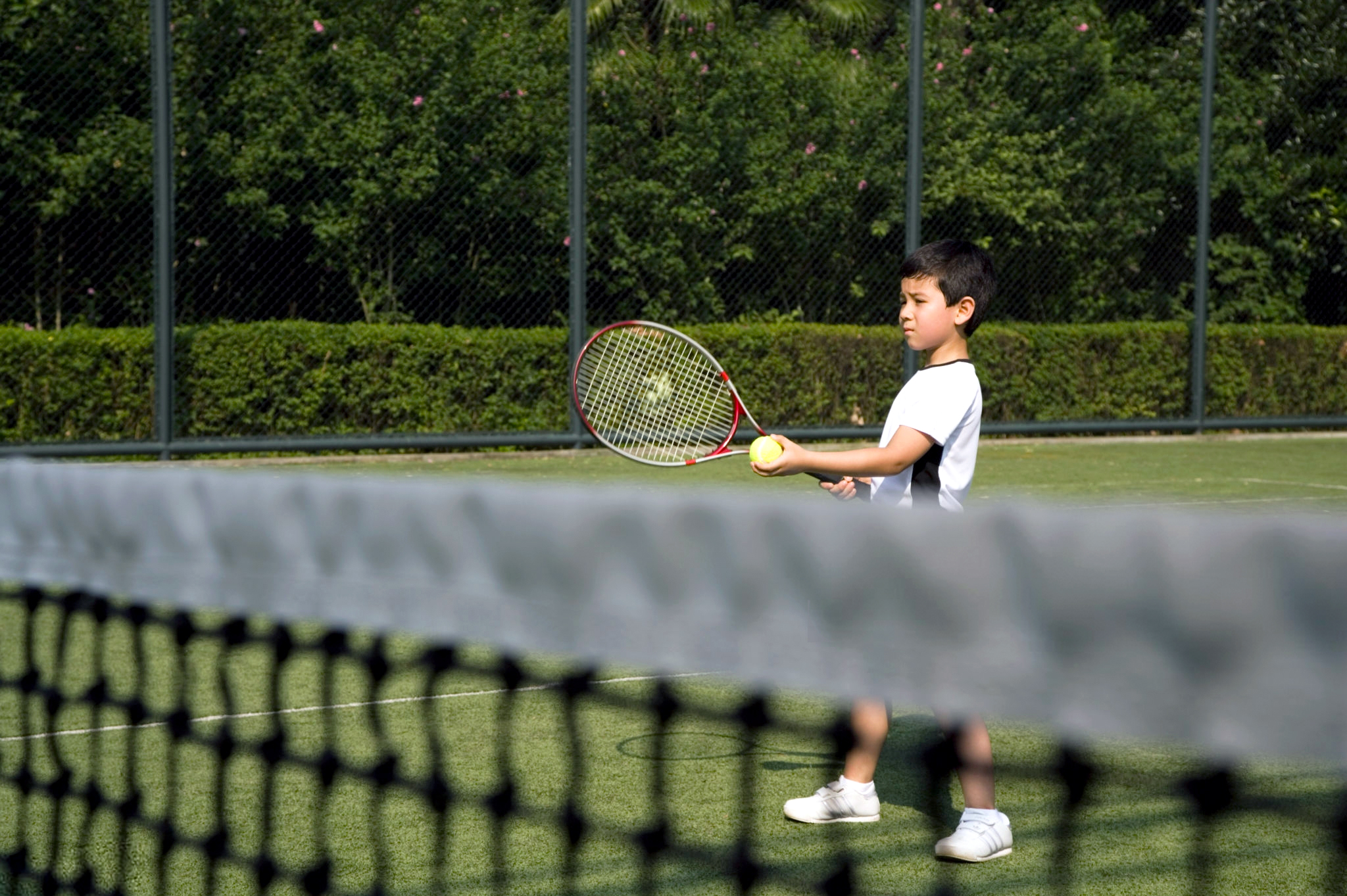How to Choose a Tennis Racket
Posted in: Blog | Published on: June 11, 2019 | Written By: admin
Better performance on the court starts with better equipment, and for most tennis players, that means the perfect racket. With so many different choices on the market, though, how do you even begin to select one that’s right for you? This guide can help.
Step 1: Think About Your Skill Level
Racket manufacturers design different rackets at different skill levels, and getting one that’s too advanced or too simple could certainly hurt your game. If you’re just getting started, make sure you select a basic racket with versatile features. It should be a bit oversized, and you want to choose one that’s already strung for you.
If you’ve been playing for some time, though, and you’re a member of a rec league or something like that, you might want to try to go with a tweener racquet. It means lightweight power for players that have plenty of control. Advanced players, though, are going to want to go with a heavier racket with a smaller head and more flexible beams. It doesn’t offer a lot of power because you should have already developed that as a player. What it does have to offer, though, is serious control.
Step 2: Define Your Grip Size
As you look at the various rackets, hold them in your normal forehand grip. You should have the ability to place one finger from your other hand between the ends of your gripping fingers and your palm. Most women will want a grip that ranges between 4 inches and 4.25 inches. Men typically want a grip that ranges from 4 3/8 inches to one that is about 4.5 inches. Keep in mind that if you’re a player who likes to hit a lot of topspin, you’re going to want a smaller grip.
Step 3: Think String Type
You can choose from five different kinds of strings on a racket, and the type that works for you depends a bit on what you’re looking for in terms of shock absorption and durability. Nylon solid core strings are one of the least expensive choices on the market today, but they’re also one of the most durable. The problem with these, though, is that they’re incredibly stiff. You’re going to feel every ball. If you step up to nylon/polyurethane multifilaments, you’re going to pay more, but they absorb the shock of the ball better. Natural gut strings are what many professional players use. They’re the most expensive choice on the market, but they offer better control and some serious comfort. They also make polyester strings, which are incredibly durable, but they lose tension fast, as well as hybrid strings, which offer the same level of durability, but they’re usually a bit too stiff.
Still not sure which racket is right for you? Consider chatting more with your local pro shop.
 R
R 



